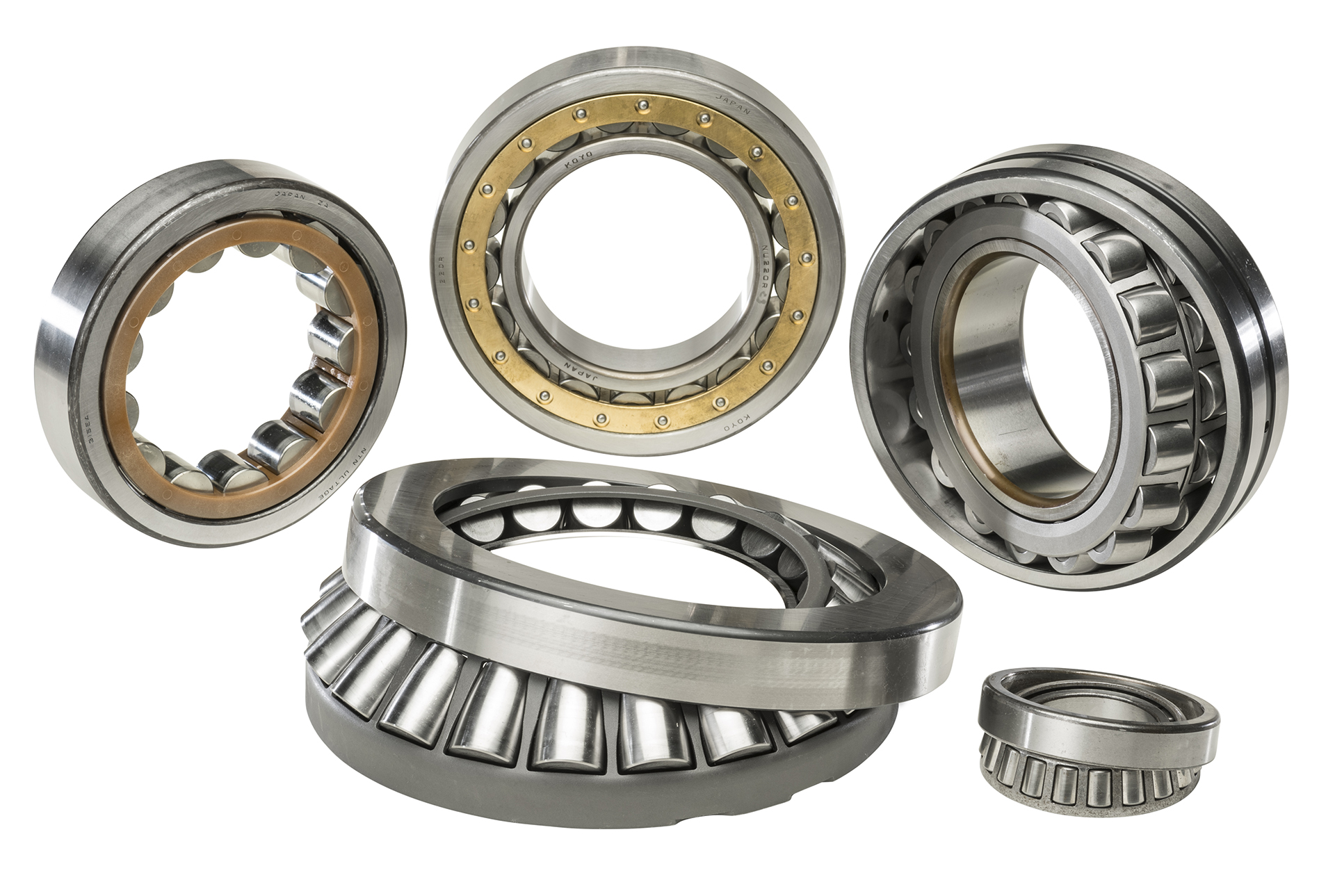Types of Roller Bearings:

There are many different types of roller bearings, each designed to suit specific applications. Some of the most common types of roller bearings include:
1. Cylindrical Roller Bearings - These bearings are most commonly used in heavy machinery and equipment, and they offer high radial load capacity and can handle moderate axial loads.
2. Spherical Roller Bearings - Spherical roller bearings have barrel-shaped rollers, which provide high shock absorption capacity and can handle misalignment, making them ideal for applications with heavy loads and difficult operating conditions.
3. Tapered Roller Bearings - These bearings can support both radial and axial loads and are commonly used in automotive and industrial applications, such as gearbox and wheel bearings.
4. Needle Roller Bearings - These bearings use long, thin, and cylindrical rollers that provide high radial load capacity but only limited axial capacity. Needle roller bearings are commonly used in automotive applications and industrial machines.
Key specifications to consider when selecting roller bearings:
1. Radial Load Capacity - The radial load capacity of a bearing refers to its ability to support weight and resist deformation while rotating. This specification is critical for applications where loads are predominantly radial.
2. Axial Load Capacity - The axial load capacity of a bearing refers to the force it can tolerate when pressure is applied perpendicular to its axis of rotation. This is crucial for applications where axial loads are dominant.
3. Operating Temperature Range - Operating temperature is crucial when selecting bearings for applications, especially when the temperature ranges from extremely hot to extremely cold.
4. Speed Rating - This specification refers to the maximum rotational speed at which a bearing can operate reliably. It is essential to ensure the bearing selected can support the necessary speed requirements for the application.
5. Bearing Life - The service life of a bearing is determined by the number of hours it can operate before failing due to wear or damage. The service life of a bearing is dependent on several factors, including load, operating conditions and lubrication.
Flanged Roller Bearings:
Flanged roller bearings are special types of bearings that have integral flanges designed to hold the bearing in place. They are also referred to as flange blocks or housed bearings. This design provides added support to the rotating component and eliminates the need for external mounting housings. Flanged roller bearings are common in applications such as conveyors, agricultural equipment, and printing machines.
Conclusion:
When selecting roller bearings, it is essential to consider the specific requirements of the application, including load and speed. Additionally, flanged roller bearings can offer added support for your rotating components, reducing the need for external mounting, but should only be considered if they are suited for your application. By considering these specifications and applying them to your application's requirements, you can determine the right roller bearing for your needs.